Instruction
My Take: How remote learning platforms revolutionize golf coaching
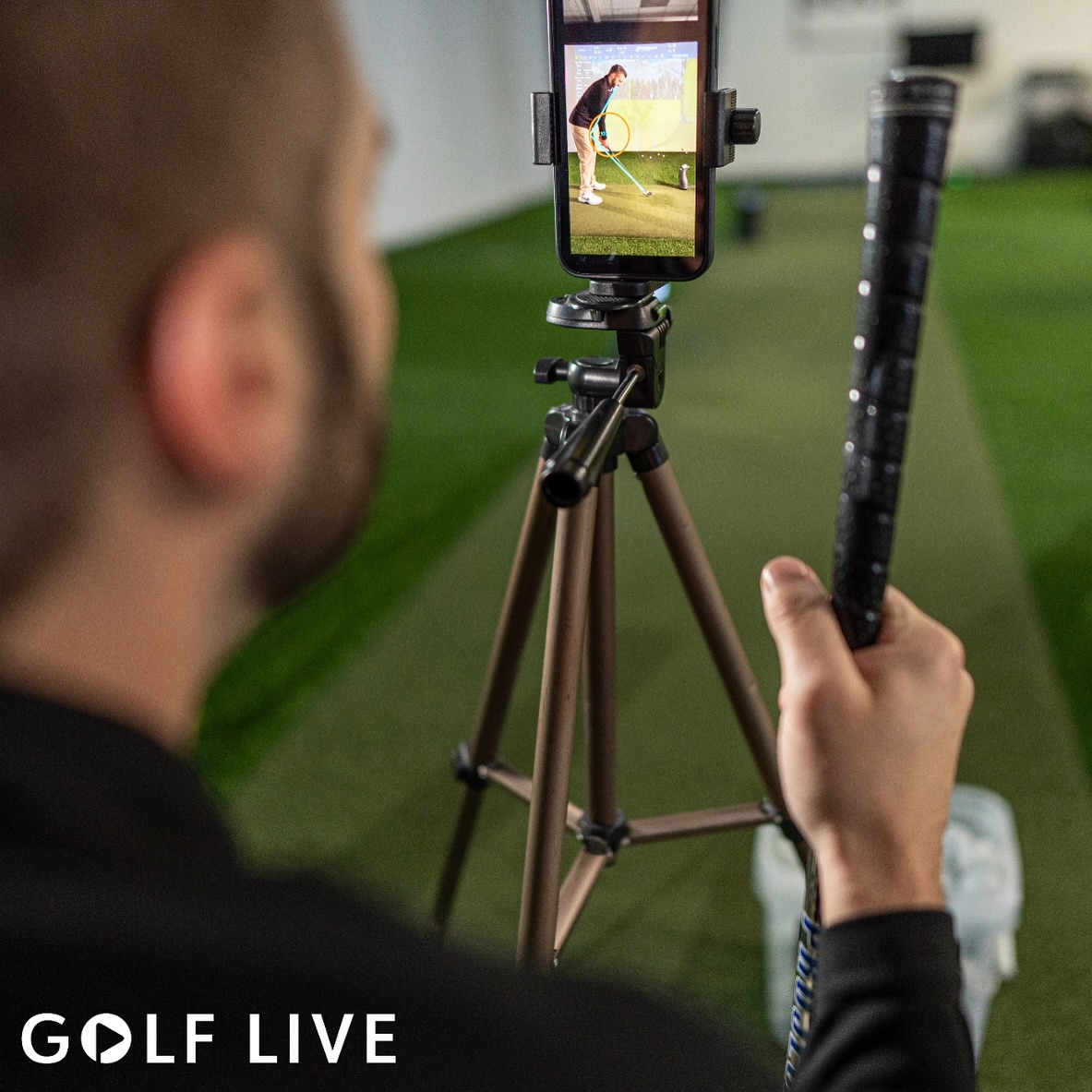
In today’s digital world, the game of golf is experiencing a transformation unlike any before, particularly in how coaching is delivered. As a professional deeply embedded in the sport, I’ve seen firsthand how remote golf coaching can revolutionize the learning experience for golfers of all levels. Thanks to incredible platforms like Golf Live, V1 Coach, and CoachNow, golfers and coaches can now connect effortlessly from anywhere on the planet. All it takes is a smartphone or an iPad and a good internet connection, and you’re set to transform your game.
Let me share why I think this is revolutionary and worth considering for any golfer looking to improve their skills. First off, the accessibility these apps provide is unmatched. Gone are the days of being limited to the expertise available within your immediate geographical area. Whether you’re at home, traveling, or simply unable to make it to the range, these apps bridge the physical gap, allowing you to access a wealth of golf knowledge from esteemed coaches globally. It’s an opportunity to connect with the best without the constraints of location or time.
Take Golf Live, for example. This app doesn’t just facilitate lessons; it transforms how those lessons are delivered. With features like live virtual lessons, video exchanges, and recordings, both coaches and students have a wealth of resources at their fingertips. I’ve seen my clients significantly benefit from the ability to review recorded lessons, allowing them to revisit advice and corrections whenever necessary. This continuous access fosters immense improvement and learning consistency.
Similarly, V1 Coach equips instructors with top-notch video analysis tools. From the coach’s perspective, being able to annotate videos with voiceovers provides precise, technical guidance that students can absorb at their own pace. This heightened level of interaction supports athletes in understanding every intricacy of their swing and enhances their ability to make effective changes.
CoachNow takes it a step further by establishing a digital space for communication and goal setting. It’s more than just lessons; it’s about building a community. Students can share their progress, set objectives, and get ongoing feedback, which creates a supportive and motivating atmosphere. As a coach, it’s also incredibly motivating to witness and contribute to a student’s journey from afar. This sense of community is a powerful motivator and support system for every golfer.
Incorporating these technologies into your golfing routine doesn’t just improve your game—it evolves your entire learning experience. The democratization of access these apps provide means anyone, from beginners to seasoned pros, can learn from the best of the best. The boundaries that once limited your growth no longer exist, making way for a more enriched and personalized approach to coaching. This personalization is a key feature of remote coaching, making every golfer feel catered to and special.
A Case Study: Youth Golfer Brevin Bennett
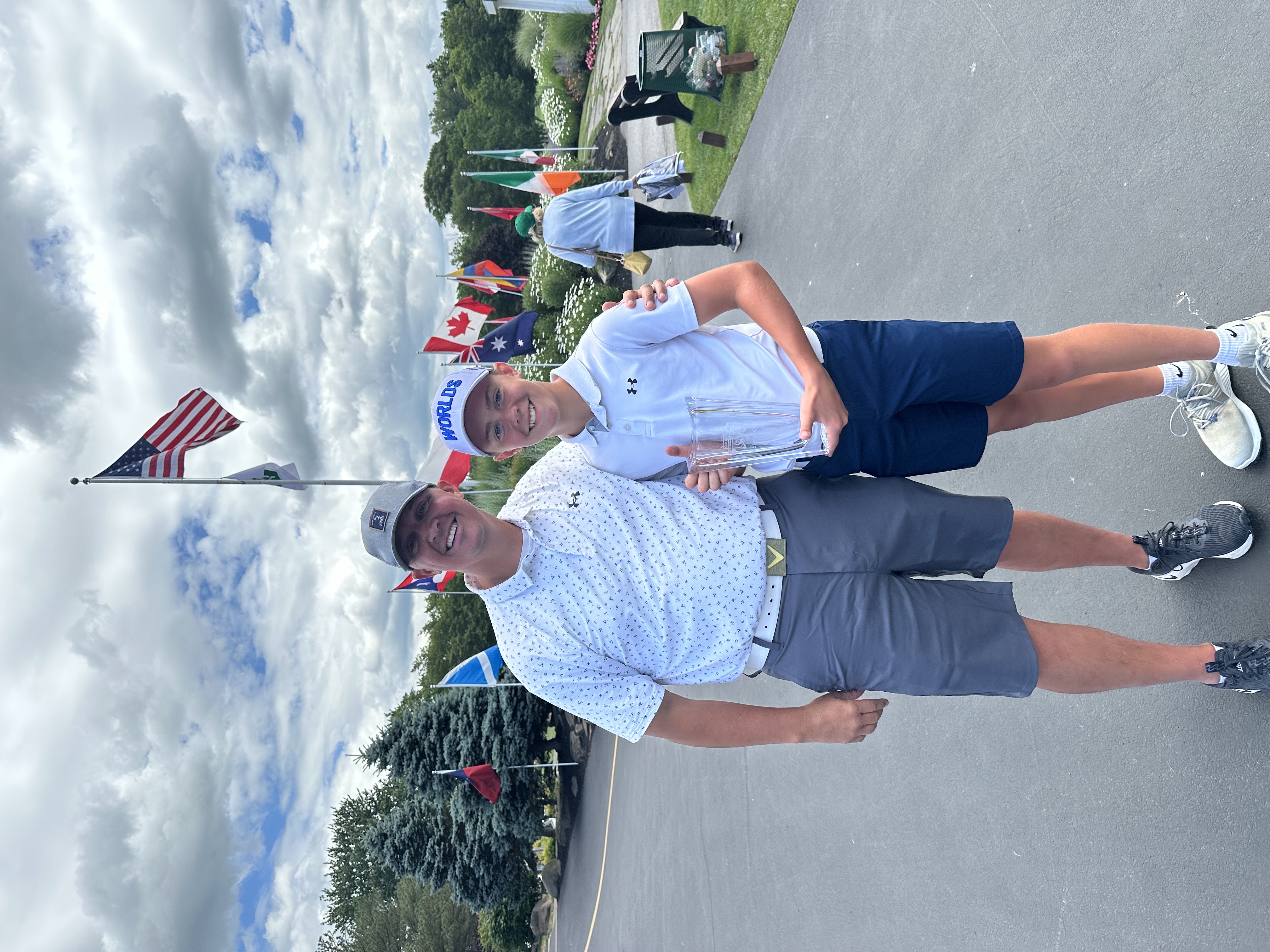
Brevin Bennett and his dad, Josh, work remotely with Coach Brendon.
Was there any skepticism about remote coaching before starting it with Coach Brendon?
Josh (Dad): We weren’t skeptical at all. Brevin never really had a coach before working with Coach Elliott, so for us, this was a new process all the way around. Because we knew that Coach Elliott had a lot of credibility and grew up in the same city we live in, in Central New York, we felt lucky to connect with him even though he was a thousand miles away in Florida.
Has Remote Coaching been an effective process for you in terms of meeting goals?
Brevin: Working with Coach Elliott through remote coaching has been very effective. He’s helped me make my swing very repeatable, build a better knowledge of the game, and know how to play some strategy things like that. He’s also helped me with the mental side, like learning how to control emotions. He’s really helped me with that.
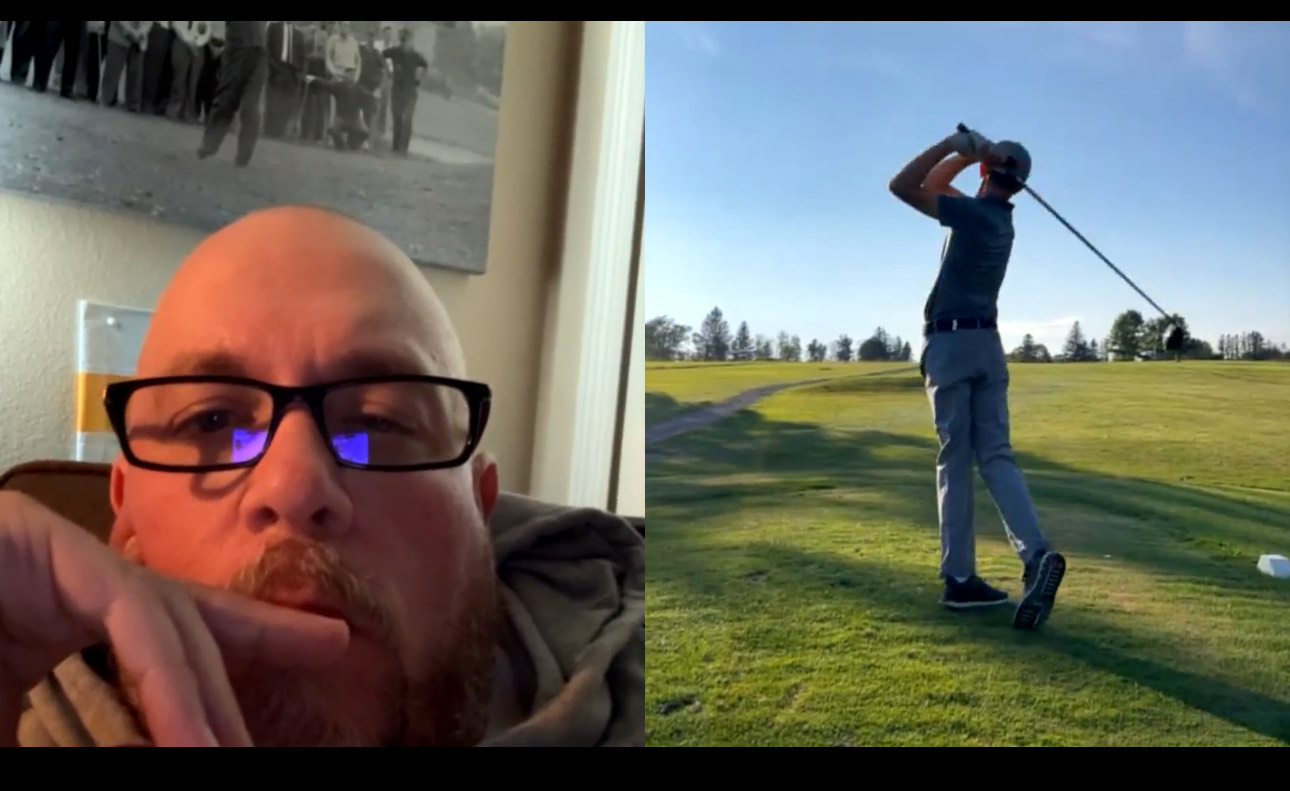
From Central NY to Florida, Coach Brendon and Brevin work together weekly.
How has Brevin grown through this process?
Josh (Dad): The easiest way to summarize Brevin’s progress is by looking at clips of his swing prior to working with Coach Elliott and then clips of his swing since he started with him. If you look at those clips, it’s very easy to see the strides he has made. I think his swing looks much more polished and professional. He seems to constantly use the word “repeatable” when you ask Brevin.
Brevin seems to be the ideal candidate for remote coaching because he is very good at taking instruction and making a change. Even though Coach Elliott is a thousand miles away in Florida, it’s easy for him to look at the apps we use and say, “Yup, that is what I meant, you got it, Brevin, or nope, that isn’t what I meant, let’s try something different.” He’s made the most growth during this process since he started playing competitively. His results show it too; his handicap index is around a 4 or 5, his first season of high school golf, as a 7th grader, saw his 9-hole stroke average at about level par, and he has been medalist at countless matches, and won numerous events during this past summer. The biggest thing is that he has been at or around the number one spot in New York State for his graduating class on the Junior Golf Scoreboard.
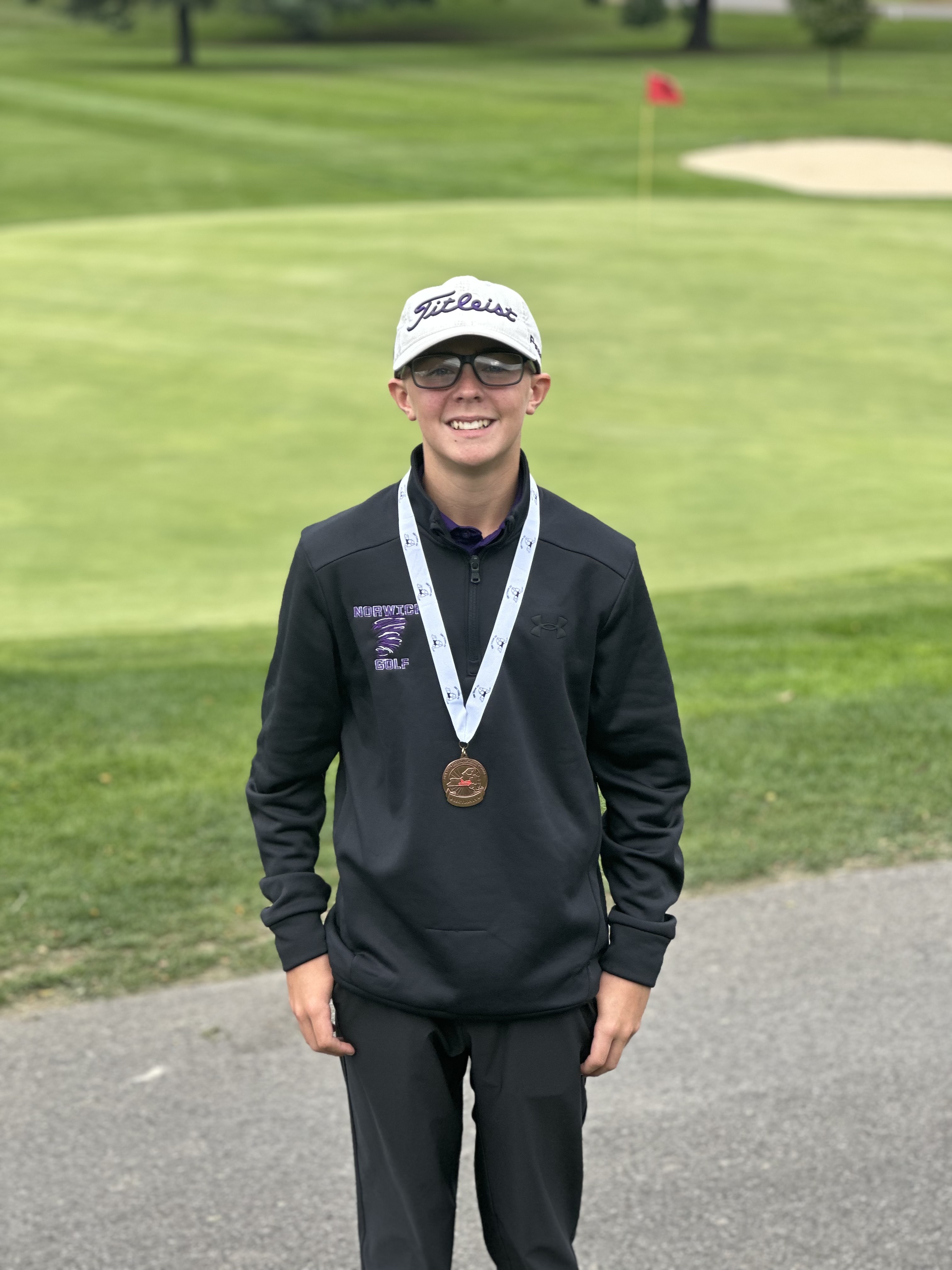
Brevin recently won the Individual Class B Golf Championship as a 7th grader and led his team to a championship.
Would you recommend remote coaching with Coach Elliott?
Brevin: I absolutely recommend remote coaching. It works well for people like my dad and me because we’re willing to take the time to meet with him online, learn the process, get used to understanding the technology, and learn how to use it correctly. It’s great because you can look back on things from before working with Coach Elliott or past lesson sessions and see what has changed and how I can make changes when I need to in practice or on the course, which allows me to keep improving.
Summing Up Remote Coaching
Remote golf coaching is more than a convenience; it’s a game-changer. It optimizes how skills are developed, opens up limitless learning possibilities, and significantly contributes to every golfer’s journey toward excellence. Whether you’re looking to correct that pesky swing flaw or pushing towards new competitive goals, these platforms are integral in making those aspirations achievable. Don’t just take my word for it; try it for yourself and experience the difference.
Want to find out my thoughts on the first day of the Shriners Children’s Open? How about the Andalucía Masters or the BMW Ladies Championship? Go to my new weekly column, “Friday Fore-Cast,” on RG.org.
Editor’s note: “My Take” will be an ongoing weekly series where Brendon shares his thoughts and opinions on various aspects of the game and industry. These are Brendon’s opinions and do not necessarily reflect those of GolfWRX, its staff, and its affiliates.
Instruction
The Wedge Guy: Beating the yips into submission

There may be no more painful affliction in golf than the “yips” – those uncontrollable and maddening little nervous twitches that prevent you from making a decent stroke on short putts. If you’ve never had them, consider yourself very fortunate (or possibly just very young). But I can assure you that when your most treacherous and feared golf shot is not the 195 yard approach over water with a quartering headwind…not the extra tight fairway with water left and sand right…not the soft bunker shot to a downhill pin with water on the other side…No, when your most feared shot is the remaining 2- 4-foot putt after hitting a great approach, recovery or lag putt, it makes the game almost painful.
And I’ve been fighting the yips (again) for a while now. It’s a recurring nightmare that has haunted me most of my adult life. I even had the yips when I was in my 20s, but I’ve beat them into submission off and on most of my adult life. But just recently, that nasty virus came to life once again. My lag putting has been very good, but when I get over one of those “you should make this” length putts, the entire nervous system seems to go haywire. I make great practice strokes, and then the most pitiful short-stroke or jab at the ball you can imagine. Sheesh.
But I’m a traditionalist, and do not look toward the long putter, belly putter, cross-hand, claw or other variation as the solution. My approach is to beat those damn yips into submission some other way. Here’s what I’m doing that is working pretty well, and I offer it to all of you who might have a similar affliction on the greens.
When you are over a short putt, forget the practice strokes…you want your natural eye-hand coordination to be unhindered by mechanics. Address your putt and take a good look at the hole, and back to the putter to ensure good alignment. Lighten your right hand grip on the putter and make sure that only the fingertips are in contact with the grip, to prevent you from getting to tight.
Then, take a long, long look at the hole to fill your entire mind and senses with the target. When you bring your head/eyes back to the ball, try to make a smooth, immediate move right into your backstroke — not even a second pause — and then let your hands and putter track right back together right back to where you were looking — the HOLE! Seeing the putter make contact with the ball, preferably even the forward edge of the ball – the side near the hole.
For me, this is working, but I am asking all of you to chime in with your own “home remedies” for the most aggravating and senseless of all golf maladies. It never hurts to have more to fall back on!
Instruction
Looking for a good golf instructor? Use this checklist

Over the last couple of decades, golf has become much more science-based. We measure swing speed, smash factor, angle of attack, strokes gained, and many other metrics that can really help golfers improve. But I often wonder if the advancement of golf’s “hard” sciences comes at the expense of the “soft” sciences.
Take, for example, golf instruction. Good golf instruction requires understanding swing mechanics and ball flight. But let’s take that as a given for PGA instructors. The other factors that make an instructor effective can be evaluated by social science, rather than launch monitors.
If you are a recreational golfer looking for a golf instructor, here are my top three points to consider.
1. Cultural mindset
What is “cultural mindset? To social scientists, it means whether a culture of genius or a culture of learning exists. In a golf instruction context, that may mean whether the teacher communicates a message that golf ability is something innate (you either have it or you don’t), or whether golf ability is something that can be learned. You want the latter!
It may sound obvious to suggest that you find a golf instructor who thinks you can improve, but my research suggests that it isn’t a given. In a large sample study of golf instructors, I found that when it came to recreational golfers, there was a wide range of belief systems. Some instructors strongly believed recreational golfers could improve through lessons. while others strongly believed they could not. And those beliefs manifested in the instructor’s feedback given to a student and the culture created for players.
2. Coping and self-modeling can beat role-modeling
Swing analysis technology is often preloaded with swings of PGA and LPGA Tour players. The swings of elite players are intended to be used for comparative purposes with golfers taking lessons. What social science tells us is that for novice and non-expert golfers, comparing swings to tour professionals can have the opposite effect of that intended. If you fit into the novice or non-expert category of golfer, you will learn more and be more motivated to change if you see yourself making a ‘better’ swing (self-modeling) or seeing your swing compared to a similar other (a coping model). Stay away from instructors who want to compare your swing with that of a tour player.
3. Learning theory basics
It is not a sexy selling point, but learning is a process, and that process is incremental – particularly for recreational adult players. Social science helps us understand this element of golf instruction. A good instructor will take learning slowly. He or she will give you just about enough information that challenges you, but is still manageable. The artful instructor will take time to decide what that one or two learning points are before jumping in to make full-scale swing changes. If the instructor moves too fast, you will probably leave the lesson with an arm’s length of swing thoughts and not really know which to focus on.
As an instructor, I develop a priority list of changes I want to make in a player’s technique. We then patiently and gradually work through that list. Beware of instructors who give you more than you can chew.
So if you are in the market for golf instruction, I encourage you to look beyond the X’s and O’s to find the right match!
Instruction
What Lottie Woad’s stunning debut win teaches every golfer

Most pros take months, even years, to win their first tournament. Lottie Woad needed exactly four days.
The 21-year-old from Surrey shot 21-under 267 at Dundonald Links to win the ISPS Handa Women’s Scottish Open by three shots — in her very first event as a professional. She’s only the third player in LPGA history to accomplish this feat, joining Rose Zhang (2023) and Beverly Hanson (1951).
But here’s what caught my attention as a coach: Woad didn’t win through miraculous putting or bombing 300-yard drives. She won through relentless precision and unshakeable composure. After watching her performance unfold, I’m convinced every golfer — from weekend warriors to scratch players — can steal pages from her playbook.
Precision Beats Power (And It’s Not Even Close)
Forget the driving contests. Woad proved that finding greens matters more than finding distance.
What Woad did:
• Hit it straight, hit it solid, give yourself chances
• Aimed for the fat parts of greens instead of chasing pins
• Let her putting do the talking after hitting safe targets
• As she said, “Everyone was chasing me today, and managed to maintain the lead and played really nicely down the stretch and hit a lot of good shots”
Why most golfers mess this up:
• They see a pin tucked behind a bunker and grab one more club to “go right at it”
• Distance becomes more important than accuracy
• They try to be heroic instead of smart
ACTION ITEM: For your next 10 rounds, aim for the center of every green regardless of pin position. Track your greens in regulation and watch your scores drop before your swing changes.
The Putter That Stayed Cool Under Fire
Woad started the final round two shots clear and immediately applied pressure with birdies at the 2nd and 3rd holes. When South Korea’s Hyo Joo Kim mounted a charge and reached 20-under with a birdie at the 14th, Woad didn’t panic.
How she responded to pressure:
• Fired back with consecutive birdies at the 13th and 14th
• Watched Kim stumble with back-to-back bogeys
• Capped it with her fifth birdie of the day at the par-5 18th
• Stayed patient when others pressed, pressed when others cracked
What amateurs do wrong:
• Get conservative when they should be aggressive
• Try to force magic when steady play would win
• Panic when someone else makes a move
ACTION ITEM: Practice your 3-6 foot putts for 15 minutes after every range session. Woad’s putting wasn’t spectacular—it was reliable. Make the putts you should make.
Course Management 101: Play Your Game, Not the Course’s Game
Woad admitted she couldn’t see many scoreboards during the final round, but it didn’t matter. She stuck to her game plan regardless of what others were doing.
Her mental approach:
• Focused on her process, not the competition
• Drew on past pressure situations (Augusta National Women’s Amateur win)
• As she said, “That was the biggest tournament I played in at the time and was kind of my big win. So definitely felt the pressure of it more there, and I felt like all those experiences helped me with this”
Her physical execution:
• 270-yard drives (nothing flashy)
• Methodical iron play
• Steady putting
• Everything effective, nothing spectacular
ACTION ITEM: Create a yardage book for your home course. Know your distances to every pin, every hazard, every landing area. Stick to your plan no matter what your playing partners are doing.
Mental Toughness Isn’t Born, It’s Built
The most impressive part of Woad’s win? She genuinely didn’t expect it: “I definitely wasn’t expecting to win my first event as a pro, but I knew I was playing well, and I was hoping to contend.”
Her winning mindset:
• Didn’t put winning pressure on herself
• Focused on playing well and contending
• Made winning a byproduct of a good process
• Built confidence through recent experiences:
- Won the Women’s Irish Open as an amateur
- Missed a playoff by one shot at the Evian Championship
- Each experience prepared her for the next
What this means for you:
• Stop trying to shoot career rounds every time you tee up
• Focus on executing your pre-shot routine
• Commit to every shot
• Stay present in the moment
ACTION ITEM: Before each round, set process goals instead of score goals. Example: “I will take three practice swings before every shot” or “I will pick a specific target for every shot.” Let your score be the result, not the focus.
The Real Lesson
Woad collected $300,000 for her first professional victory, but the real prize was proving that fundamentals still work at golf’s highest level. She didn’t reinvent the game — she simply executed the basics better than everyone else that week.
The fundamentals that won:
• Hit more fairways
• Find more greens
• Make the putts you should make
• Stay patient under pressure
That’s something every golfer can do, regardless of handicap. Lottie Woad just showed us it’s still the winning formula.
FINAL ACTION ITEM: Pick one of the four action items above and commit to it for the next month. Master one fundamental before moving to the next. That’s how champions are built.
PGA Professional Brendon Elliott is an award-winning coach and golf writer. You can check out his writing work and learn more about him by visiting BEAGOLFER.golf and OneMoreRollGolf.com. Also, check out “The Starter” on RG.org each Monday.
Editor’s note: Brendon shares his nearly 30 years of experience in the game with GolfWRX readers through his ongoing tip series. He looks forward to providing valuable insights and advice to help golfers improve their game. Stay tuned for more Tips!


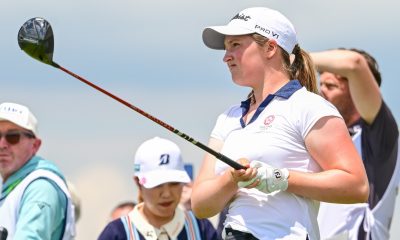



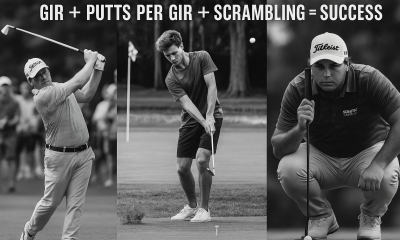

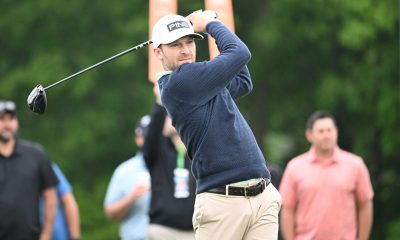

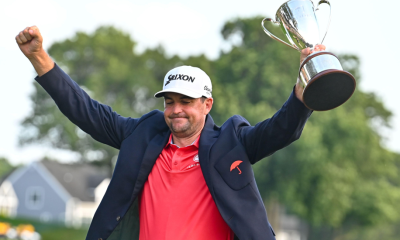

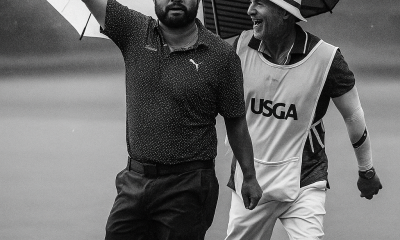









Andrew J
Oct 21, 2024 at 10:37 am
Actually two books on expert greenreading. Here is the other:
https://www.amazon.com/dp/B0DCSZ7M53
Andrew J
Oct 19, 2024 at 1:25 pm
Another perfectly suited area of remote coaching is the art of greenreading. Remotely can fix any pilot error with a video of the player reading a green. All in my book at https://www.amazon.com/dp/B0DJT2YLL9/